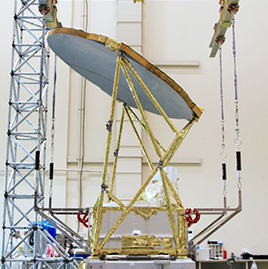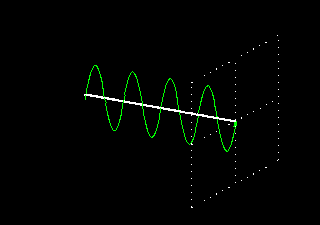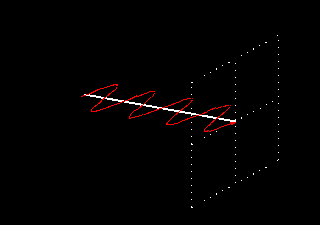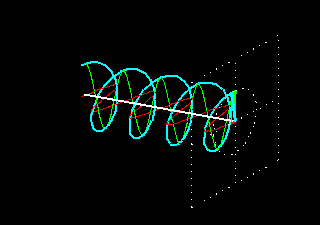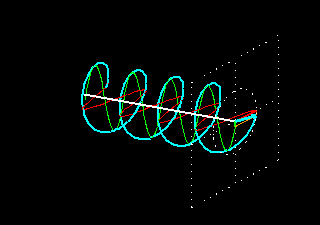MiRS Sensors
GCOM-W1/AMSR2 (Advanced Microwave Scanning Radiometer 2) Overview
Satellite(s)
GCOM-W1
MiRS Production Status
Experimental / research.
The Advanced Microwave Scanning Radiometer 2 (AMSR2) onboard the GCOM-W1 satellite is a remote sensing instrument for measuring weak microwave emission from the surface and the atmosphere of the Earth. From about 700 km above the Earth, AMSR2 will provide us highly accurate measurements of the intensity of microwave emission and scattering.
The antenna of AMSR2 rotates once per 1.5 seconds and obtains data over a 1450 km swath. This conical scan mechanism enables AMSR2 to acquire a set of daytime and nighttime data with more than 99% coverage of the Earth every 2 days.
- Deployable main reflector system with 2.0m diameter (1.6m for AMSR-E).
- Frequency channel set is identical to that of AMSR-E except 7.3GHz channel for RFI mitigation.
- Two-point external calibration with improved HTS (hot-load).
- Deep space calibration maneuver to check consistency between main reflector and CSM.
- Add a redundant momentum wheel to increase reliability.
| Scan and rate | Conical scan at 40 rpm |
|---|---|
| Antenna | Offset parabola with 2.0m dia. |
| Swath width | 1450km |
| Incidence angle | Nominal 55 degrees |
| Digitization | 12bits |
| Dynamic range | 2.7-340K |
| Polarization | Vertical and horizontal |
| Center Freq. [GHz] |
Band width [MHz] |
Pol. |
Beam width [deg] (Ground res. [km]) |
Sampling interval [km] |
|---|---|---|---|---|
| 6.925 | 350 | V and H | 1.8 (35 x 62) | 10 |
| 7.30 | 350 | V and H | 1.8 (35 x 62) | 10 |
| 10.65 | 100 | V and H | 1.2 (24 x 42) | 10 |
| 18.7 | 200 | V and H | 0.65 (14 x 22) | 10 |
| 23.8 | 400 | V and H | 0.75 (15 x 26) | 10 |
| 36.5 | 1000 | V and H | 0.35 (7 x 12) | 10 |
| 89.0 | 3000 | V and H | 0.15 (3 x 5) | 5 |
Notes:
Source: JAXA GCOM-W1
Photo courtesy of JAXA.

